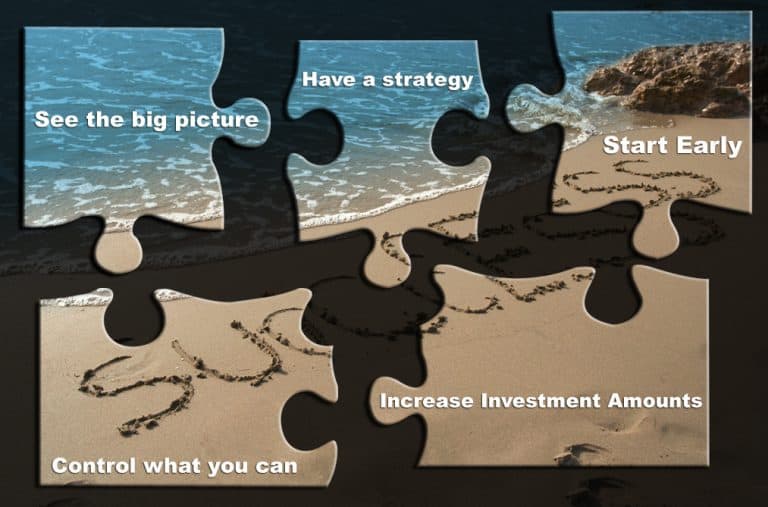Four Things Entrepreneurs Can do Now to Save for Retirement
While retirement may seem a long way off when you’re young and just starting to build a business – or older and rebooting – it’s important to have a retirement savings plan and stick to it to create the future you want. Retirement planning can be difficult for anyone, but entrepreneurs and small business owners…






